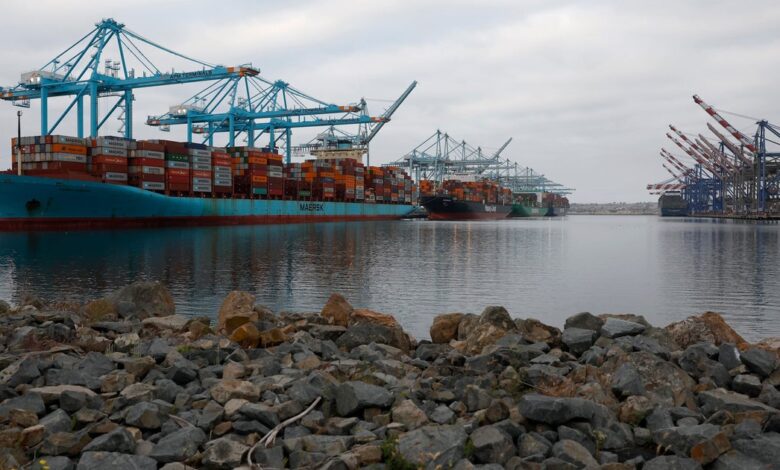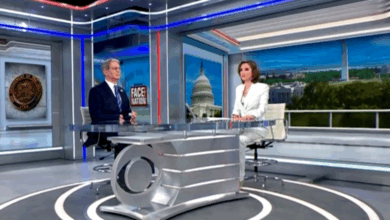As Trump’s tariffs face legal challenge, here are some of his other trade policy options

The recent court ruling striking down the Trump administration’s use of emergency powers to impose tariffs has put much of the President’s trade agenda at risk. While the tariffs remain in place for now, experts suggest that alternative pathways may be pursued to advance his trade policies.
One option available to President Trump is to turn to Section 232 of the Trade Expansion Act of 1962, which allows him to restrict imports in the name of national security. However, this statute requires a thorough investigation by the Department of Commerce and the Department of Defense to confirm that imports pose a threat to national security. This process could slow down the imposition of tariffs and would only allow for targeted tariffs on specific sectors.
Another tool at the President’s disposal is Section 301 of the Trade Act of 1974, which allows for country-based tariffs if unfair trade practices are detected. However, this law cannot be applied universally to all imports from foreign nations and requires justification for imposing tariffs.
Section 122 of the Trade Act of 1974 could also be utilized by President Trump to address large trade deficits with other nations. This section allows for tariffs of up to 15% for a maximum of 150 days without the need for an investigation. This could be a quick and easy way for the President to impose broad-based import duties.
Under Section 338 of the Tariff Act of 1930, the President has the authority to impose tariffs of up to 50% on imports from countries that discriminate against the U.S. This differs from Section 301 tariffs as the rate is capped at 50% and no formal investigation is required. While this authority has never been used before, it remains an option for the President.
In light of the court ruling, it is clear that President Trump has several alternative pathways to pursue his trade agenda through the imposition of tariffs. These options provide a glimpse into the potential strategies that could be employed to achieve the President’s trade objectives.





